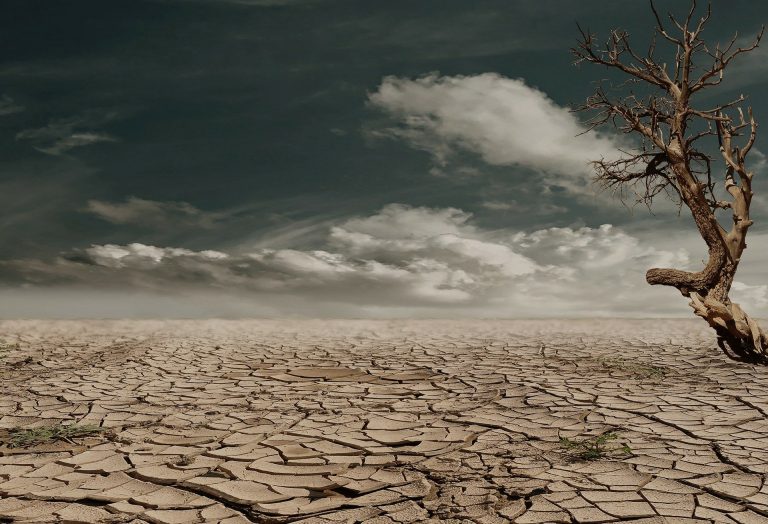
A third of our planet’s land is at risk of desertification. If no action is taken to stop soil deterioration, those areas may soon no longer be suitable for cultivation. The alarm was launched by the 14th Conference on Desertification, which took place in September in New Delhi, India.
The meeting, promoted by the United Nations, brings together representatives from 196 countries to discuss the problem and find solutions. Civil society movements, such as NGOs and associations, were also present.
The Causes of Desertification
According to experts, this situation is due primarily to deforestation, which in turn is caused by urbanization or mining activities.
A decisive role is also played by illegal activities, such as arson, aimed at obtaining new arable land or for livestock, or the cutting of trees for the sale of timber. The land, once deprived of the trees, is impoverished and becomes harder, so it absorbs less rainwater. But the causes don’t end there. Even the use of chemical fertilizers or intensive agriculture damage the soil in the long run, depriving it of its natural substances, and introducing toxic substances. Finally, climate change is a cause but also an effect of the advancement of the desert.
The Most Afflicted Countries
The African continent is the most involved in this phenomenon. Here, in fact, the climate in many areas is dry, and therefore two thirds of the land is now at risk. And the effects of this dynamic are disastrous for the economy, as experts have warned. In countries such as Malawi and Tanzania, for example, last year’s soil deterioration caused a loss of 10 to 15 percent of their gross domestic product.
The alarm, however, is global. More than a third of US land is at risk of desertification. In Latin America, on the other hand, the figure is over 25 percent.
India, which offered to host the UN summit, has already lost a third of its arable land. This deterioration advances by 145 thousand hectares per year. For this reason, Prime Minister Narendra Modi’s government has asked for financial and technological support in order to be able to implement the objectives set by the Paris Accords for the climate of 2015.
With the disappearance of arable land, hundreds of thousands of people living from agriculture and pastoralism will be forced to move. As a result, migratory pressure towards urban areas or neighboring countries will increase. The United Nations warns that between 50 and 700 million people will leave rural areas by 2050.





Leave a Reply